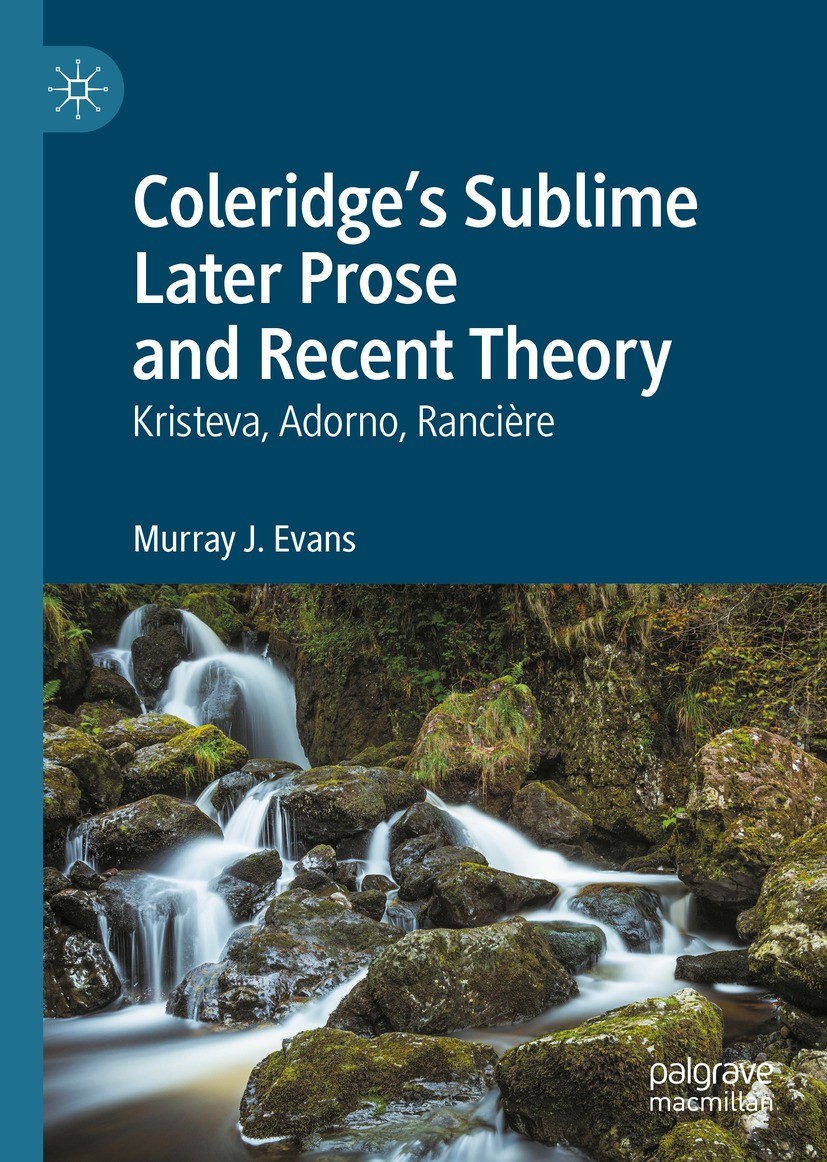Like many talented women of her day, Dora Wordsworth (1804–47) has been remembered – if at all – in connection with an illustrious male relation. However, she possessed drive and imagination of her own and a determination to grasp every opportunity that presented itself. Thus it came about that she made a six-week tour through the Low Countries and the Rhineland in the summer of 1828 in the company of her father and Coleridge.
Though often exhausted by the heat, arduous journeys and intensive sight-seeing, Dora kept a lively daily record of their experiences, describing both the high points of the tour and her own setbacks in a manner designed to entertain her family. She mentions Coleridge almost every day, recording his comments on works of art, his conversations with passers-by, his bouts of illness and his acts of kindness. The two middle-aged poets acted constantly as her ‘guardians’ and ‘tutors’ (as she put it) but clearly she herself played a quiet and unacknowledged role in ensuring that they remained on amicable terms throughout the tour.

Dora’s manuscript journal, in the collection of the Wordsworth Trust since 1935, is published here in its entirety for the first time, complemented by associated material and a wealth of contemporary illustrations. Two hundred years after the tour itself her vivid snapshots of travel through some of the most famous and scenic areas of northern Europe will linger long in the minds of her modern readers.
Cecilia Powell is an independent art historian. She specialises in the Romantic period, especially the work of J.M.W. Turner, and in 1991 curated Turner’s Rivers of Europe. The Rhine, Meuse and Mosel, shown in London, Brussels and Bonn. Her four previous books for the Wordsworth Trust range from the exhibition catalogue Savage Grandeur and Noblest Thoughts: Discovering the Lake District 1750–1820 (2010; shortlisted for the William M.B. Berger Prize for British Art History 2011) to the bicentenary edition of a Wordsworthian classic, The Country of the Lakes in 1820 (2019), both in collaboration with Stephen Hebron. Her edition of another manuscript journal, Excursion to Wordsworthshire: A Victorian Family in the Lakes (2015), was shortlisted for the Hunter Davies Lakeland Book of the Year Awards 2016.
218 pp, hardback, illustrated in colour throughout.
Available soon from the Wordsworth Trust in Grasmere










